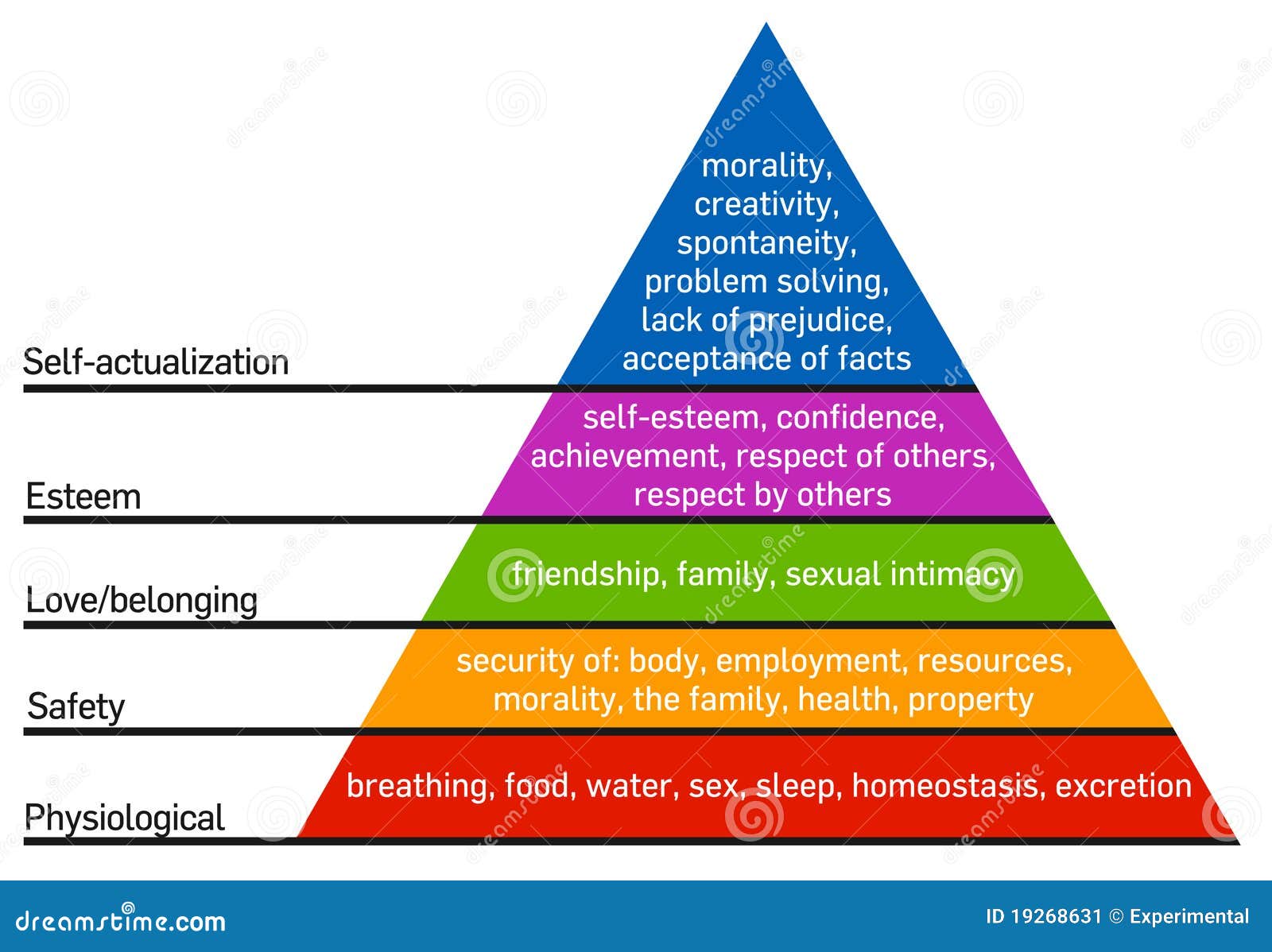Maslows Hierarchy Of Needs Worksheet Pdf
Needs 5-8 are growth motivators. If ticked above they are likely to be a focus of personal growth motivation. This test is based on Maslow’s Hierarchy of Needs. Circle This assessment tool was developed by alan chapman consultancy and you may use it personally or within your organisation. To describe how Maslow’s Hierarchy of needs affects our mental and physical behavior by outlining the hierarchy pyramid and examining specific case studies. To identify direct and indirect methods of meeting our needs by examining case studies.
This page presents a printable Maslow's Hierarchy of Needs Chart for free. This diagram will be useful to people from all walks of life: Psychology students and teachers, philosophy students, thinkers, and all the introspective folks who feel the need to question everything about the universe.
Overview of Maslow's Hierarchy of Needs
Maslow's Hierarchy of Needs is a theory in psychology that Abraham Maslow proposed in his 1943 paper A Theory of Human Motivation, which he subsequently extended to include his observations of humans' innate curiosity. The concept for Maslow's hierarchy of needs work was based on Kurt Goldstein's organismic theory of personality ('The Organism'(1938)).
Maslow's hierarchy of needs is often depicted as a pyramid composed of five levels: The most fundamental and basic four layers of the pyramid are grouped together as deficiency needs associated with physiological needs, while the top level is termed growth needs associated with psychological needs. If these 'deficiency needs' are not met the individual will feel anxious and tense. The individual won't strongly desire a higher level of needs until the most basic level of needs are met. While deficiency needs must be met, growth needs are the need for personal growth.
From top to down, the five levels of needs are:
1. Self-actualization;2. Esteem;

3. Love and Belonging;
4. Safety Needs (Safety and security needs include: personal security, financial security, health and well-being, safety net against accidents/illness and their adverse impacts);
5. Physiological Needs (breathing, food, water, homeostasis, sex, sleep).
Printable and Editable Version of Maslow's Pyramid
Edraw has made the vector versions of Maslow's Pyramid for your convenience. The diagram is a straight-forward version for free print and download, with high quality illustrations to represent each row of the pyramid.
Before you start to create pyramid diagram, you can use automatic software like EdrawandlearnhowtodoitinAnEasyAccesstoPyramidDiagram.CheckoutonemoreexampleofMaslow's Pyramid diagram below.
Pyramid Diagram Software
Edraw Max, a powerful yet easy to use tool, includes many built-in symbols for designers to draw all kinds of pyramid diagrams. Find the symbols in the List, Process, Charts and Graphics library. /d-and-d-35-pdf.html.
More Pyramid Chart Resource
Maslow's Hierarchy of Needs is a colorful pyramid chart that builds on people's basic physiological, psychological, emotional, and intellectual needs.
People who printed this teachers printable also printed..
Copyright © 2008-2020 by Savetz Publishing, Inc. Contact us. Privacy Policy.
Subscribe to the Free Printable newsletter. (No spam, ever!)
This free Teachers Printable is easy to download (in PDF or DOC format), customize (DOC version only), and print.
With Teachers Printables in PDF format, you can download and print attendance charts, lesson plan forms, school calendars, and more (requires an application that can read PDF files).
Customizable Teachers Printables are also available in DOC format (requires Microsoft Word, Google Docs, or a compatible word processor). You can download them, customize them on your computer, and then print them out.
Home
Categories
Search All Printables
If you don't see a teachers printable design or category that you want, please take a moment to let us know what you are looking for.
Maslow's Hierarchy Of Needs Worksheet Pdf Free
Maslow's Hierarchy Of Needs Worksheet Pdf
We're always adding new printables, and would love to hear your suggestions. What are we missing?